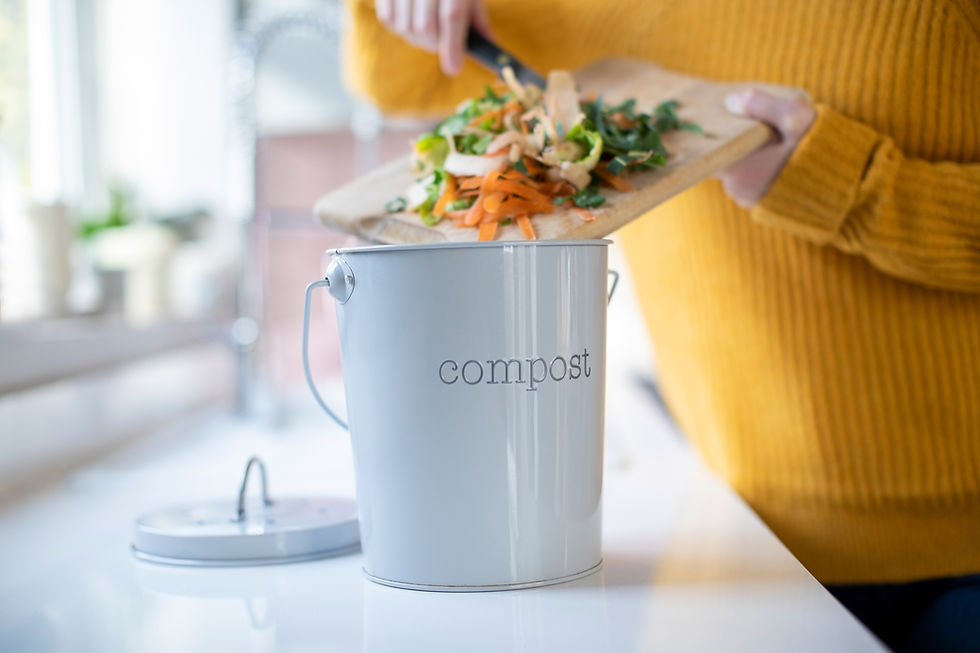In the quest for sustainability, the fashion industry faces significant challenges, including high water usage, pollution, and waste. However, innovative solutions are emerging, one of which involves the use of compost in textile production. This approach not only reduces waste but also promotes the creation of eco-friendly materials. Let's explore how composting is making its way into sustainable fashion and the benefits it brings.

The Role of Compost in Sustainable Textile Production
1. Fiber Creation from Composted Materials: Researchers and companies are exploring ways to create fibers from composted plant materials. For instance, fibers derived from composted fruit and vegetable waste are being developed for use in textiles. These fibers are biodegradable and offer an eco-friendly alternative to synthetic materials.
2. Natural Dyes from Compost: Composting can produce natural dyes for textiles. Composted leaves, flowers, and fruits yield rich, natural colors that can be used to dye fabrics without harmful chemicals. This not only reduces chemical use but also adds value to what would otherwise be considered waste.
3. Enhancing Soil for Organic Cotton: Compost plays a crucial role in growing organic cotton, a staple of sustainable fashion. By enriching the soil, compost improves the health and yield of organic cotton plants, making it a more viable and sustainable option for eco-conscious brands.
Benefits of Integrating Compost into Textile Production
1. Waste Reduction: Using composted materials in textile production helps reduce waste by repurposing organic waste into valuable fibers and dyes. This circular approach minimizes the fashion industry's environmental footprint.
2. Lower Environmental Impact: Compost-derived materials and dyes have a lower environmental impact compared to synthetic alternatives. They require less water, energy, and no harmful chemicals, contributing to a cleaner, greener production process.
3. Promotion of Biodiversity: The use of compost improves soil health, supporting biodiversity in agricultural areas. Healthier soils lead to more robust ecosystems, benefiting not just the crops but also the surrounding wildlife.
4. Support for Local Economies: Sourcing materials from local composting initiatives can support local economies and reduce the carbon footprint associated with transportation. This fosters community involvement and awareness around sustainability.
Challenges and Considerations
While the integration of compost into textile production is promising, there are challenges to consider. These include scaling production to meet industry demands, ensuring the durability and quality of compost-derived materials, and overcoming market resistance to new, sustainable materials. Continued research, innovation, and consumer support are crucial for overcoming these hurdles.
Conclusion
The integration of compost into textile production represents an exciting frontier in sustainable fashion. By turning organic waste into valuable resources for the industry, we can move closer to a circular economy that values sustainability and environmental stewardship. As consumers become more aware of the environmental impacts of their clothing choices, the demand for sustainable fashion is likely to grow, encouraging further innovations in this space.


Comments